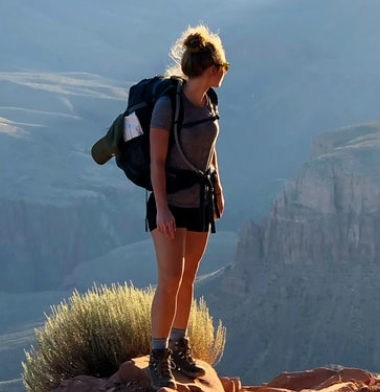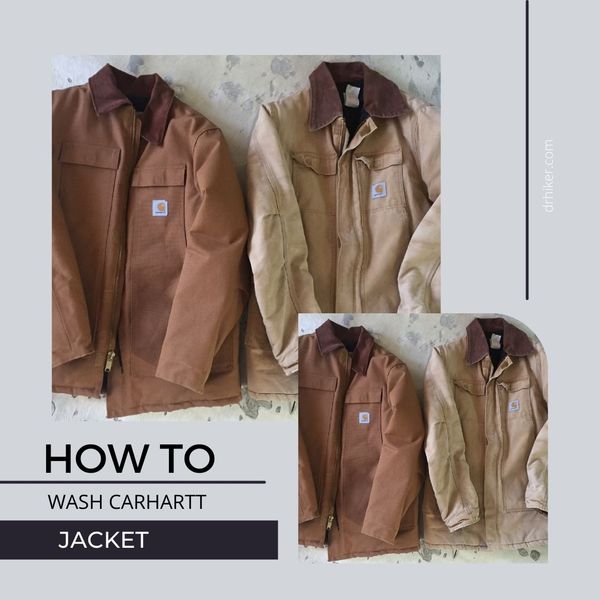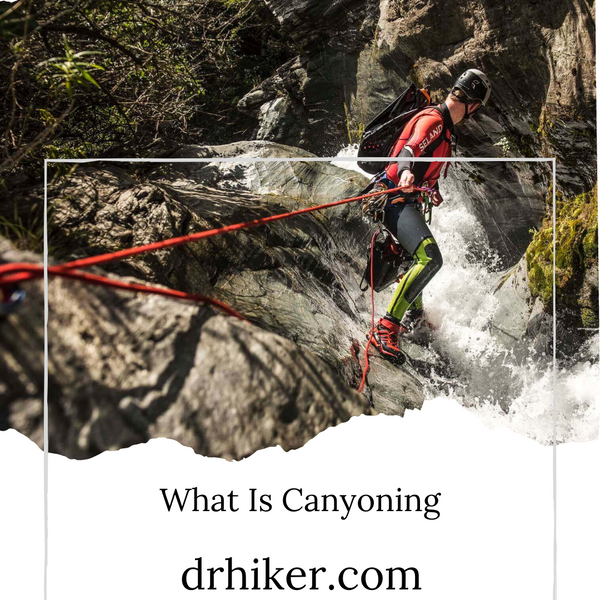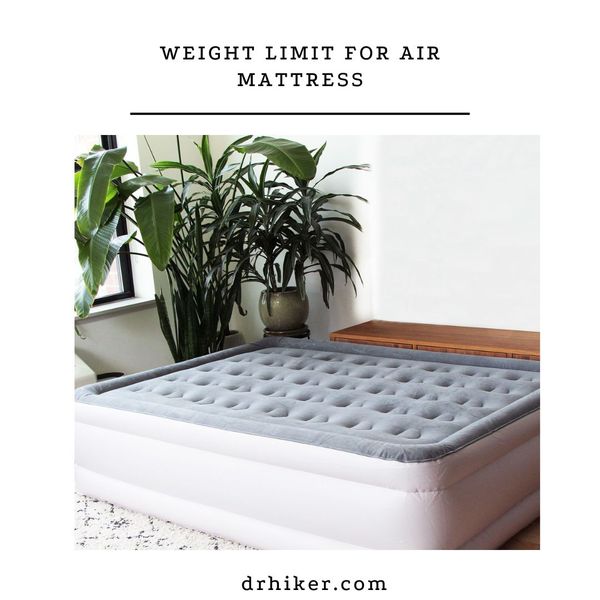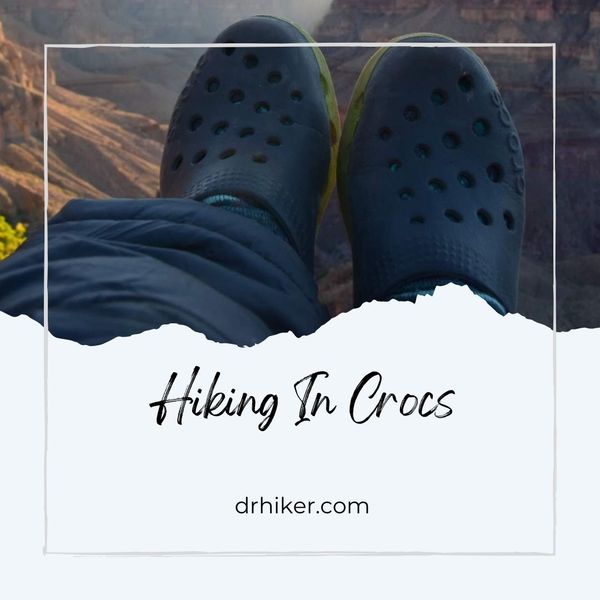This is a cheap and functional way for you to reduce the cost of tenting or camping.
The only downside might be that it may not always be a perfect fit for everyone. Let's look at some of the advantages and disadvantages of tarp sheltering and see if it is something you could consider trying out on your next camping trip.
You may also like our guide: How Long Does a Butane Canister Last
Using Tarp As a Canopy

Are you peeking for a method to reduce energy costs and keep cool in the summer? If so, a tarp as a canopy may be just what you need.
A tarp is a versatile product and can be used to cover equipment. At the same time, it's being stored, protecting materials such as mulch and sand, or providing temporary shelter in an emergency. When used correctly, the tarp will give you the protection you need to get through natural disasters and provide temporary shelter.
Tarp as a canopy works by using a tarp as an umbrella. You can use it to block the sun, shade your patio furniture, or just hang out under it while watching the sunset. It’s also great for camping because it requires no extra equipment.

Types of Tarp
A tarp can be used to make a canopy, a shelter over the top of your tent. This means that the rain and wind will not get through and can be used as protection against the weather.
You can also use tarps as a canopy when camping or hiking in the woods. The tarps are easy to set up and take down, so they are great for traveling with your family.
A Tarp canopy is one of the easiest ways to make your shelter more comfortable and durable.

There are two types of tarps: the traditional canvas tarp and the lightweight nylon tarp. The former is less expensive, but it's heavier. The latter is lighter, but it's more expensive. The best option will rely on your requirements and budget.
How to Use a Tarp as a Canopy

Tarp canopies are great for camping and other outdoor activities. They’re lightweight, easy to set up, and provide a protective cover for your sleeping bag.
Following is how you can use Tarp as a canopy:
- Estimate the spot you want to cover.
- Cut the tarp into the shape of your canopy using garden shears or an axe.
- Fold each edge of the tarp by one-third and then fold it in half again with the top edge facing down (the base border should be folded towards you).
- Fold each corner toward the center until they meet, then overlap them by about two-thirds. Then, sew all four corners together with a heavy-duty needle and strong thread or rope; use heavy-duty sewing materials for best results (i.e., get it done right or don’t bother).
Pros And Cons of Tarp Using As a Canopy

Pros
Using a tarp as a canopy can be an effective way to protect your home from the elements. However, there are some things you should know before you decide to use one.
- Tarp can be used for multiple seasons because it is waterproof and will not get moldy. It also allows you to stay cool in the heat and enjoy the outdoors without worrying about overheating or getting too hot.
- The tarp is easy to set up and take down. You just need to put it on a solid surface and secure it with rope or twine.
- Tarp has a large surface area that provides more coverage than other types of shelters.
Cons
However, there are drawbacks that you must consider before going through with this plan.
Surface, a tarp may seem like an unsafe option for shade. But with a little creativity and some time spent in the woods, you can transform your tarp into a canopy perfect for keeping out the sun.
A canopy is the most suitable way to save yourself from the sun's rays while enjoying the outdoors. When you're at home or out on a camping trip, it's crucial to find ways to stay cool—and one of the best ways is by using a canopy.

How to Make Your Tarp

You have the perfect material for your canopy when you have a tarp. You can use it to cover your bed, sofa, or even a roof over your tent. But what if you don't have a tarp? No problem! We've got some tips on how to make one yourself.
First things first: what materials do you require? The most important thing is something sturdy but lightweight at the same time. The heavier and stiffer it is, the more likely it will be able to hold up under the weight of your canopy (and therefore not collapse).
You also want something waterproof—you'll be putting this above all other things in your home, so you don't want anything that might get wet or drip water onto other things when there's rain or snow on top of them.
After that comes the spirit of adventure! Do you know how kids always bring their toys everywhere they go? That's because they're full of adventurous spirit. They're willing to try new things and see what happens next. Well, now you can too with these steps!

Conclusion
A tarp as a canopy is a good idea if you want to take advantage of the shade and shelter of a big tarp. It is not as useful as a tent, but it can do all right if you take the right steps.
On the other hand, you must ensure that your tent stakes are long enough to hold the tarp in place securely. If they are not, you will have wind resistance and movement problems.

